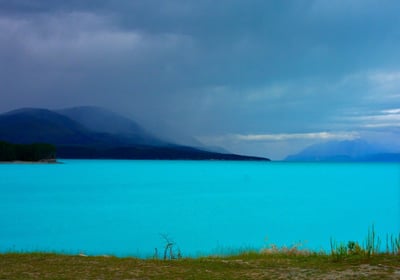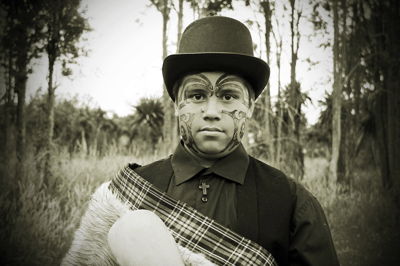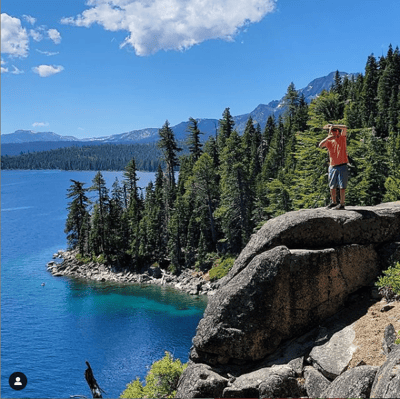From a Kiwi- Lessons on Sustainability & Stewardship
I‘m often asked why I’m living in the US and not New Zealand. The usual conversation goes something along the lines of, “Isn’t it incredibly beautiful there? I’d move there in a heartbeat.” The short answer is, “Yes.” New Zealand has a wealth of natural beauty given its small size, rugged terrain, and diverse climates. However, as one of my colleagues at Tourism New Zealand once told me, “No one holds the monopoly on natural beauty.” It exists in every destination. In some cases, it's the best hidden secret in town and in others, it’s popularity could be leading to overuse and compression issues.

The indigenous Polynesian people of mainland New Zealand, the Māori, use the term “Kaitiaki” for the concept of guardianship for the sky, the sea, and the land. Traditionally, Māori believe there is a deep kinship between humans and the natural world. This connection is expressed through “Kaitiakitanga,” the active guardianship and management of the environment.

I’m fortunate to have traveled the world extensively and experienced some incredible destinations. In the last eight years living in the US, I’ve visited 21 states. Within each state is some of the most spectacular natural beauty I’ve ever seen, including the Grand Canyon, the Tetons, the Sierras, Lake Tahoe, Sea Ranch, Sedona, Yellowstone, Great Salt Lake, the islands of Hawai’i, and many more.
It's our role as destination stewards to not only enhance the visitor experience and the resident quality of life, but to do it in a sustainable way that respects and protects the land for generations to come. I’m honored to be part of an organization that provides business intelligence assisting in the facilitation of stewardship and sustainability conversations between interested stakeholders. Zartico can humanize many of the issues facing DMOs today, and we’re here to provide evidence, not just hyperbole.
One compelling case is our work with the Colorado Office of Tourism. Zartico was asked to provide intelligence on the volume of visitation to a popular hiking trail, Bear Lake, in Rocky Mountain National Park. By bringing geolocation data to life and showing visitor movement on the trails, car parks, and access roads throughout the day, the Colorado Office of Tourism elevated its role with all stakeholders and was able to provide better stewardship of their tourism product.
Like many mountain destinations, Lake Tahoe Visitors Association has seen a surge in popularity over the pandemic from both visitors and permanent relocations. This has caused a continual increase in property values which also drives up rental prices, forcing the workforce out. When your workforce is living in another town and driving to work, this reduces the parking available to both residents and visitors. It also leads to workforce shortages and wage increases to try to attract workers. Visit Sun Valley is facing the same challenges. There are plenty of available jobs, but workers can’t find housing. Zartico intelligence briefings are addressing this priority.
Destinations like Explore Asheville have introduced metrics like comfortable carrying capacity to measure and monitor visitor dispersion throughout their destination. This will help them understand both visitor and resident flows to assist with strategic decision-making and community engagement.
Communities that require support from legislators and stakeholders can bring these issues to life by showing, rather than telling. The DMO can be a source of truth for many modern challenges. Through prudent stewardship, DMOs will continue to play an essential role in our communities, and through Kaitiakitanga—guardianship—we will ensure the natural beauty of our destinations can be enjoyed for future generations.




